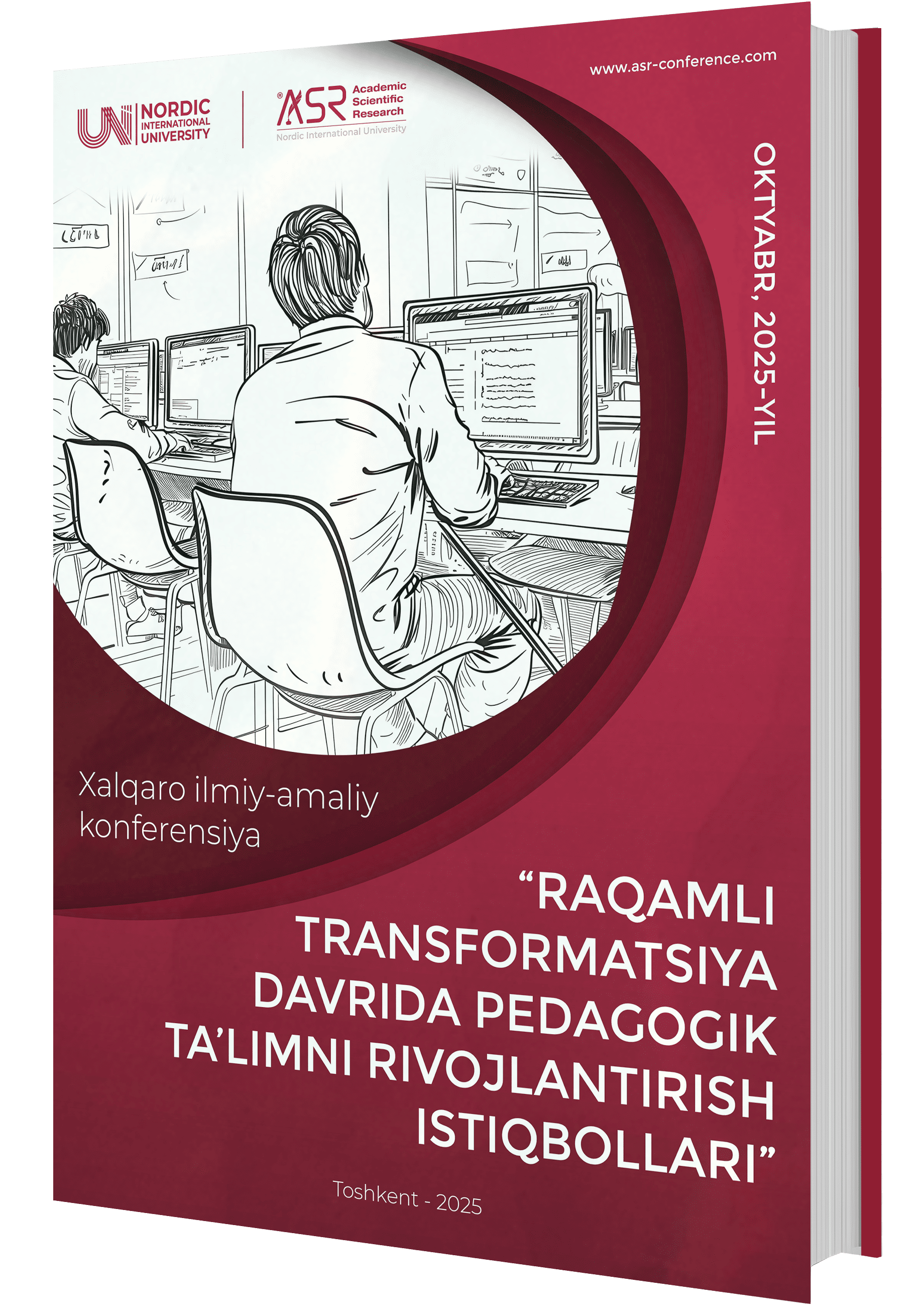ONE TEXT, MANY MINDS: READING STRATEGY VARIATIONS AMONG LEARNERS WITH DIFFERENT INTELLIGENCE PROFILES
Аннотация
Reading comprehension is one of the most essential skills for EFL learners, as it contributes to academic success and overall language proficiency. Effective readers employ a variety of Global, Supportive, and Problem solving strategies to construct meaning from texts. However, the effectiveness of strategy use may depend on learners’ individual differences, including their cognitive styles and types of intelligence. Gardner’s (1983) theory of multiple intelligences provides a useful framework for exploring these differences, suggesting that learners possess distinct intellectual strengths. This study investigates the relationship between Iranian EFL learners’ multiple intelligences (MI) and their use of reading strategies. These relationships were examined through the administration of three instruments: Multiple Intelligences Developmental Assessment Scales (MIDAS), Survey of Reading Strategies (SORS), and IELTS and TOEFL reading comprehension tests on a group of EFL university students. The analysis of data obtained from correlational procedures indicated that there is meaningful relationship between the subjects’ MI and their reading strategies. Among the eight intelligences defined by Gardner linguistic, interpersonal, intrapersonal, spatial, and logical-mathematical intelligences were found to have positive relationships with the subjects’ reading strategies use. The findings suggest that teachers should structure the presentation of material in a style which engages most or all the intelligences. MI aids teachers in creating more personalized and diversified instructional experience.
Библиографические ссылки
Akbari, R., Hosseini, K. (2008). Multiple intelligences and language learning strategies: Investigating possible relations. System, 36, 141-155.
Ahmadian, M. & Hosseini, S. (2012). A study of the relationship between Iranian EFL learners’ multiple intelligences and their performance on writing. Mediterranean Journal of Social Sciences, 3(1), 111-126.
Anderson, N. J. (2003). Metacognitive reading strategies increase L2 performance. The Language Teacher, 27(7), 20–22.
Anderson, N.J. (1991). Individual differences in strategy use in second language reading and testing. Modern Language Journal, 75, 460-472.
Bemani Naeini, M. & Pandian, A. (2010). On the possible relationship between multiple intelligences, listening proficiency and motivational orientation among Iranian TEFL university students. The Iranian EFL Journal, 6(2), 75-99.
Gardner, H. (1993). Frames of mind: the theory of multiple intelligences. New York: Basic books.
Gardner, H. (1999). Intelligence reframed: multiple intelligences for the 21st century. Basic Books, NY.
Grabe, W., & Stoller, F. L. (2019). Teaching and researching reading (3rd ed.). Routledge.
Hashemi, A. (2010). On the relationship between multiple intelligences and reading comprehension tasks: an authentic MI theory-based assessment. Islamic Azad University, Rudehen Branch, I.R. Iran, English Language Teaching and Literature, 1-14.
Mahdavy, B. (2008). The role of Multiple Intelligences (MI) in listening proficiency: a comparison of TOEFL and IELTS listening tests from an MI perspective. Asian EFL Journal, 10(3), Article 5.
Mokhtari, K. & Shoerey, R. (2002). Measuring ESL students’ awareness of reading strategies. Journal of Developmental Education, 25(3), 2-10.
Razmjoo, S.A. (2008). On the relationship between multiple intelligences and language proficiency. The Reading Matrix, 8(2), 155-174.
Sadeghi, K. & Farzizadeh, B. (2012). The relationship between multiple intelligences and writing ability of Iranian EFL learners. English Language Teaching, 5(11), 136-142.
Smith, E. (2001). Implications of multiple intelligences theory for second language learning. Post-Script, 2(1), 32-52.
Snow, R.E. (1982). Education and intelligence. In R.J. Sternberg (Ed.). Handbook of human intelligence (pp. 493-571). New York, Cambridge University Press.
Sternberg, R.J. (1985). Beyond IQ: a triarchic theory of human intelligence. New York, Cambridge University Press.
Upton, T.A. (1997). First and second language use in reading comprehension strategies of Japanese ESL students. TESL-EJ, 3(1) A3, 27pgs.
Загрузки
Опубликован
Выпуск
Раздел
Лицензия
Copyright (c) 2025 Zahra Zarrati

Это произведение доступно по лицензии Creative Commons «Attribution-NonCommercial» («Атрибуция — Некоммерческое использование») 4.0 Всемирная.
Условия лицензии
Эта работа доступна под лицензией Creative Commons Attribution-NonCommercial 4.0 International License. Чтобы просмотреть копию этой лицензии, посетите http://creativecommons.org/licenses/by-nc/4.0/ или отправьте письмо по адресу Creative Commons, PO Box 1866, Mountain View, CA 94042, США.
По этой лицензии вы можете:
Поделиться — копируйте и распространяйте материал на любом носителе и в любом формате.
Адаптируйте — делайте ремиксы, трансформируйте и дорабатывайте материал.
Лицензиар не может отозвать эти свободы, если вы соблюдаете условия лицензии. На следующих условиях:
Атрибуция. Вы должны указать соответствующую ссылку, предоставить ссылку на лицензию и указать, были ли внесены изменения. Вы можете сделать это любым разумным способом, но не таким образом, который бы предполагал, что лицензиар одобряет вас или ваше использование.
Некоммерческое использование — вы не имеете права использовать материал в коммерческих целях.
Никаких дополнительных ограничений. Вы не имеете права применять юридические условия или технологические меры, которые юридически запрещают другим делать все, что разрешено лицензией.





